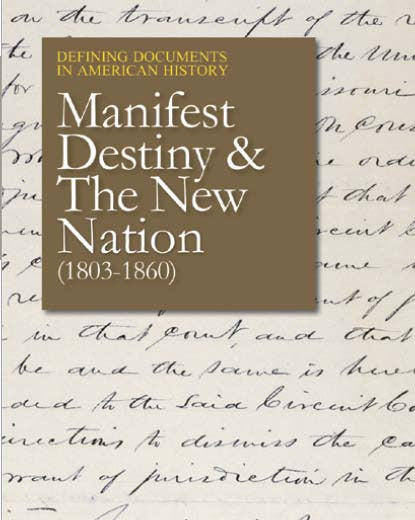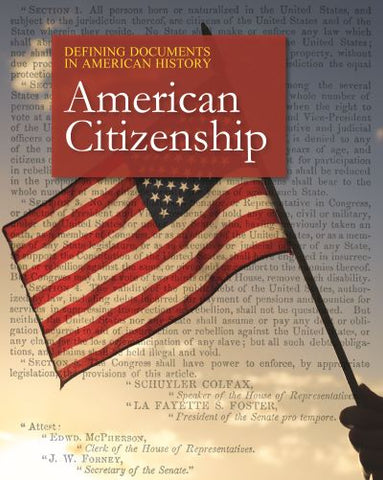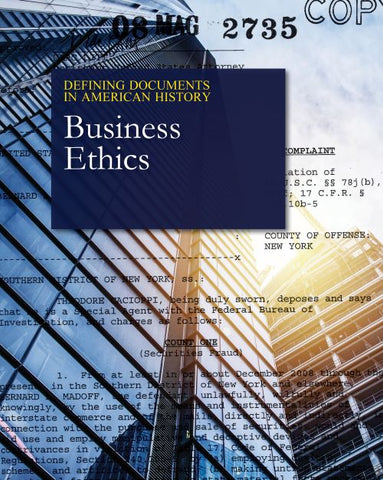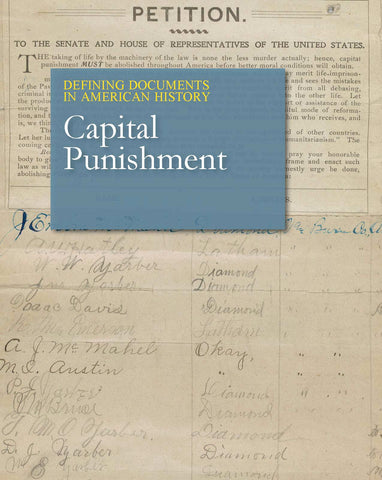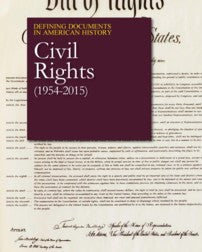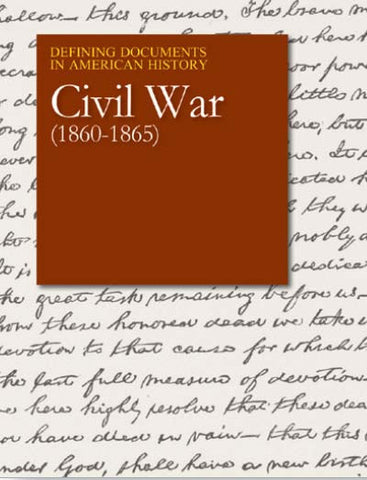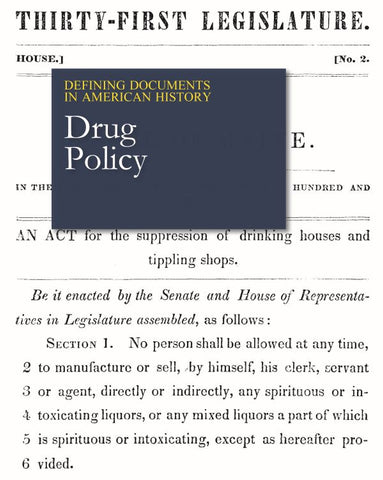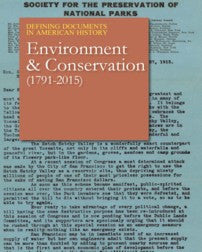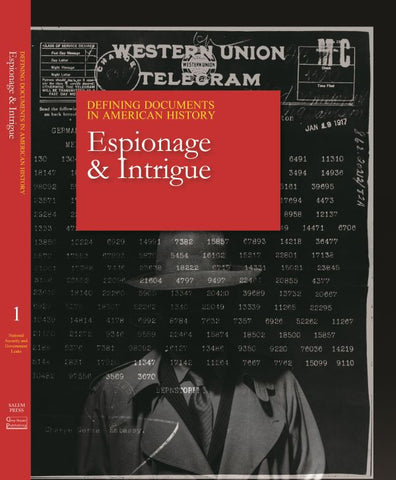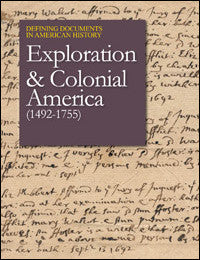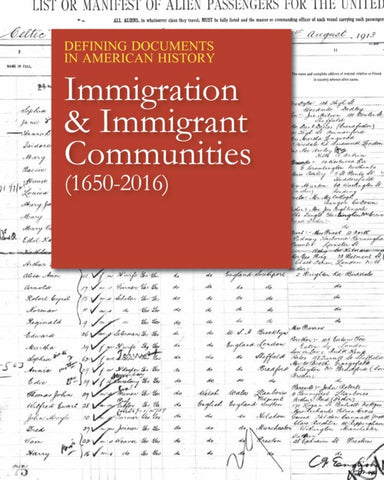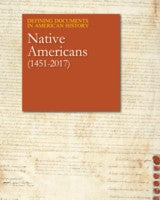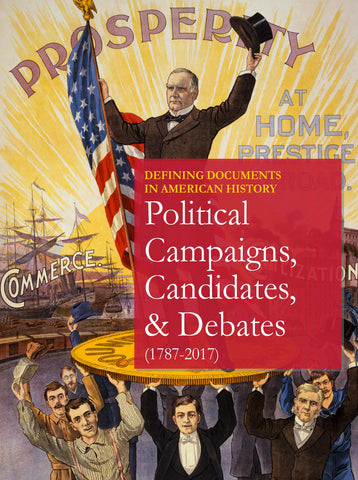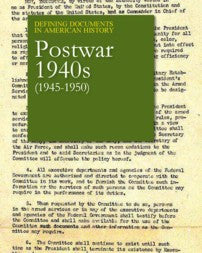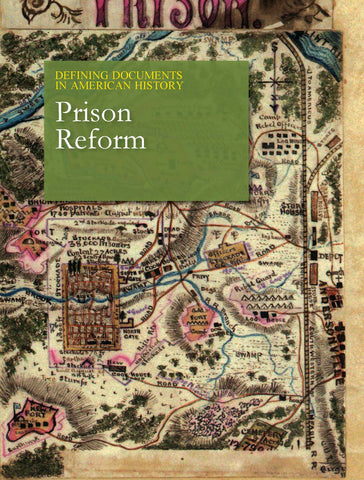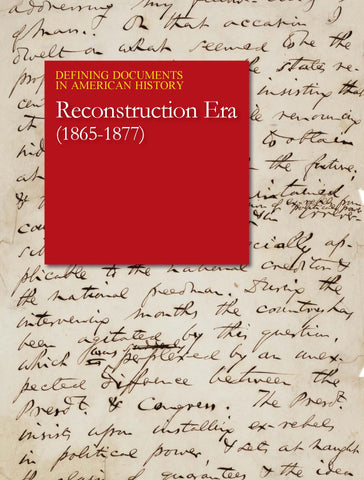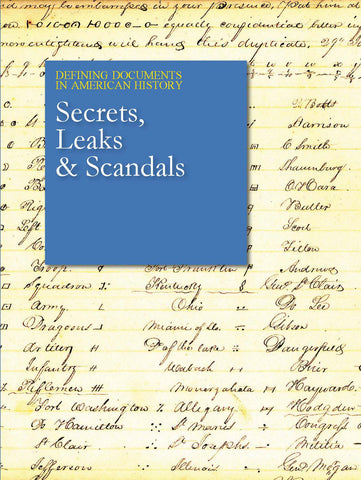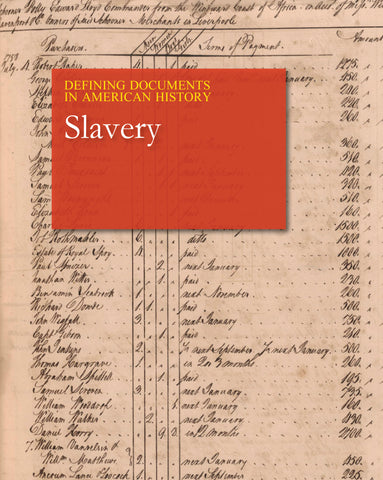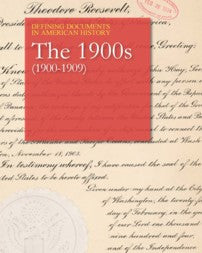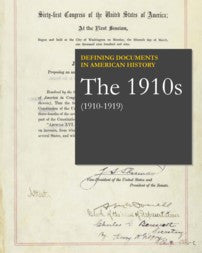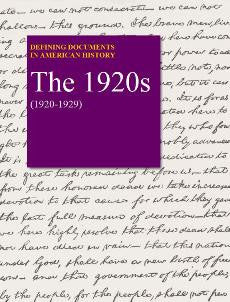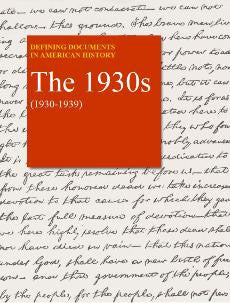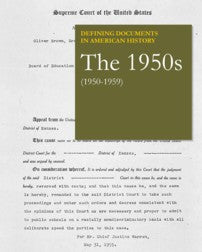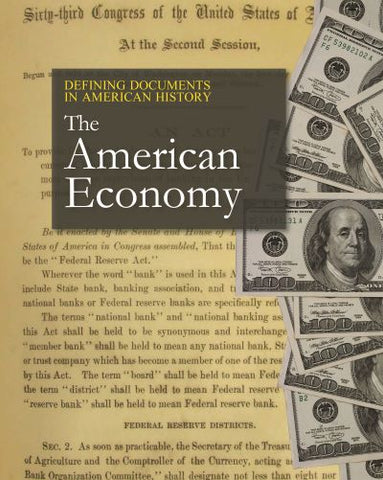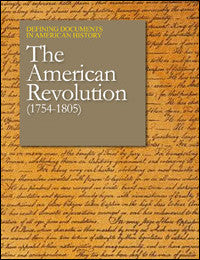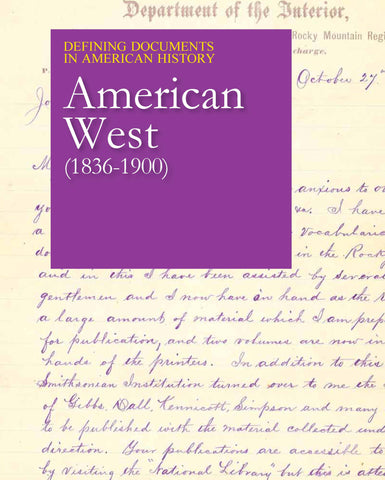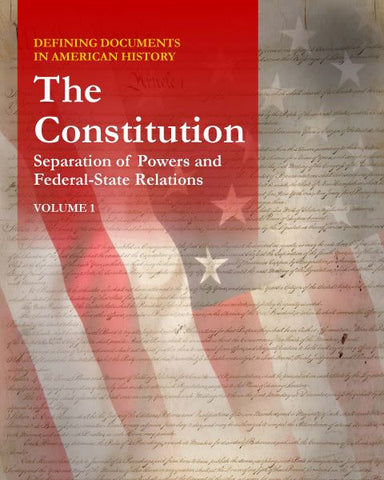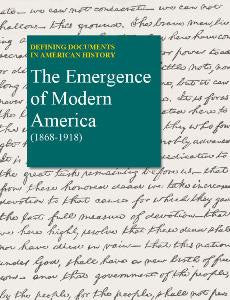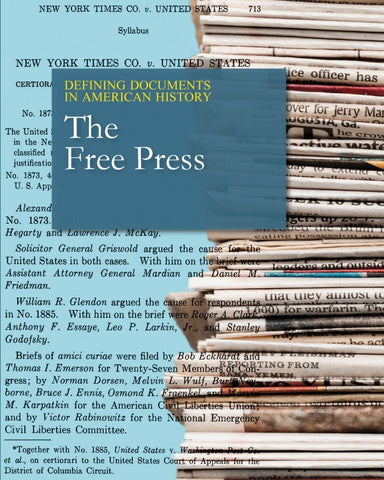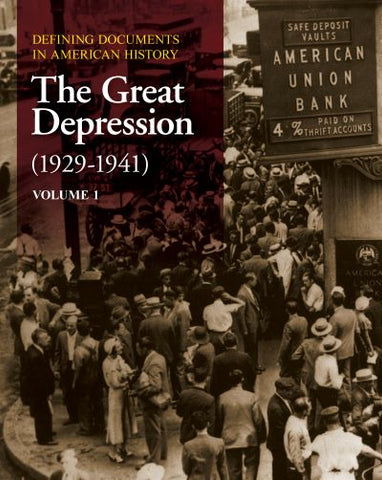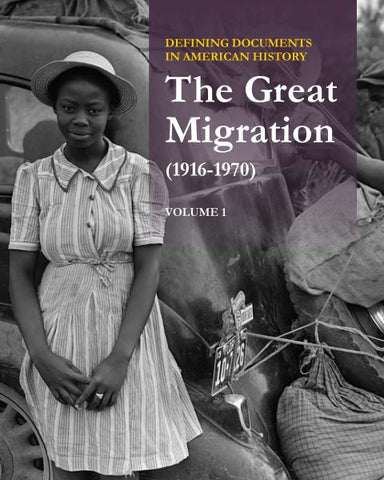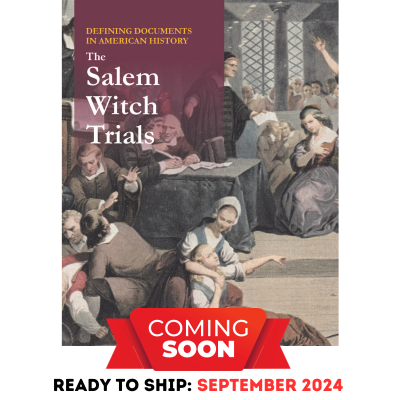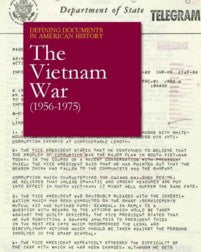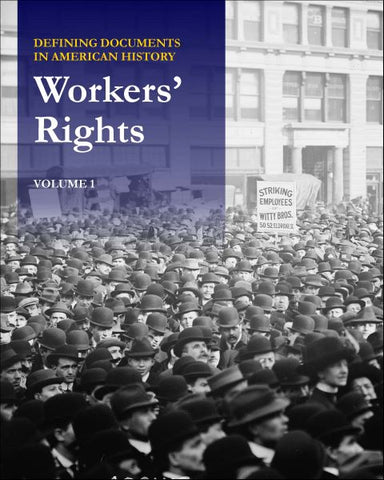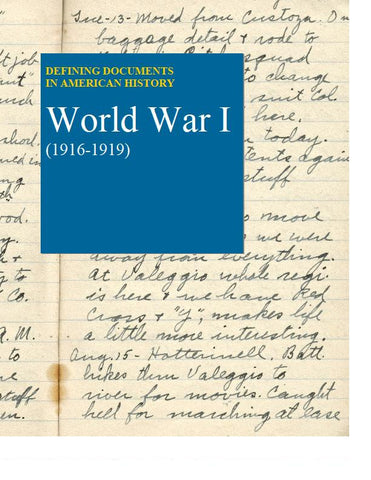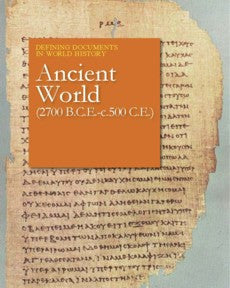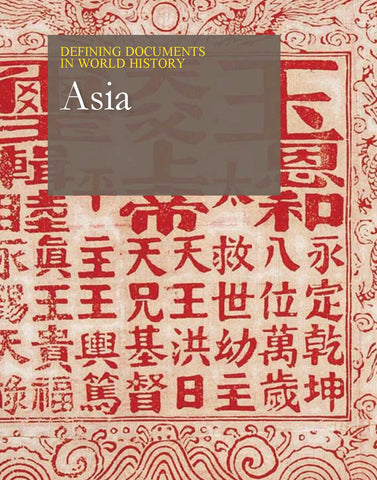Defining Documents in American History: Manifest Destiny and the New Nation (1803-1860)
$ 295.00Defining Documents in American History: Manifest Destiny & The New Nation is centered on the following themes: • Antebellum Law & Politics • Manifest Destiny • The Spirit of Reform • African American Protest Literature • The New American Identity • Religious Expansion • Native American Land & Autonomy This collection will introduce students and educators to a diverse range of genres, including journals, letters, speeches, government legislation, and court opinions. Documents represent the diversity of ideas and contexts that define social, political and cultural subjects throughout American history.
About Us
ABOUT SALEM PRESS
During World War II, Frank N. Magill found himself stationed in the Panama Canal Zone with time to think. He thought about all of the great books he had read years before, many of which had become cloudy remembrances, and about others he had never found time to read at all. He was certain that there were many like him who would appreciate a source which would recall the plots of the world's great works of literature or provide a concise summary of books worth reading. Following the war, Magill decided to publish just such a resource before getting locked into a job, career, and family.
Back home, Magill laid the groundwork for his project. Not wanting to summarize famous living writers' works without their permission, he corresponded with such famous authors as George Bernard Shaw, who while initially refusing to grant permission finally relented after a lengthy letter and postcard exchange with Magill.
Magill traveled to college campuses and recruited graduate students, newly returned from the war, who welcomed the modest writer's stipend to support their education and growing families. Many, such as the scholar and critic Dr. Matt Bruccoli, went on to distinguished academic careers.
When Masterplots appeared three years later, Magill was pleased to see that more people agreed with him than he had thought. What began as a one-book publishing philosophy grew to become the foundation for a growing list of reference works commonly know as "Magill Books." And Magill himself? He found himself with a career and job he loved, publisher and editor-in-chief of Salem Press, which he continued to pursue actively until his death in 1997.
PUBLISHING APPROACH
The characteristics of the original Masterplots that appealed to individuals and libraries in the early 1950's continue to make the multivolume reference works published by Salem Press popular with librarians and library patrons today. Each Magill Book is designed with a broad range of users in mind: the student approaching a subject for the first time, the reader trying to decide which book to read for pleasure, the teacher needing a quick reminder of a character's name in a book read many years ago, the graduate student reviewing for orals, the reference desk librarian needing to quickly answer a question for a patron.MIGRATIONS
Salem Press found its first home on Fifth Avenue in New York City, directly across the street from the New York Public Library, a perfect location for conducting research and for learning about the market for reference books. Between 1952 and 1975, Salem Press had an agreement with publisher Harper & Row, and together they published eleven reference titles, Harper & Row in a trade reference edition, Salem Press simultaneously in a library edition. This twenty-year collaboration earned Salem Press a position in the library market which has assured its continued presence.
In 1975, Salem Press moved from New York City to Englewood Cliffs, New Jersey, and developed a unique, personalized approach to telephone sales. Not long thereafter, Magill established an editorial office in Pasadena, California, and began building the staff to develop a full line of reference resources. Today, the sales office, now located in Hackensack, New Jersey, continues to introduce librarians to new reference sources through this personalized form of telephone sales. The efforts of these in-house sales representatives are supplemented by those of a team of field representatives who visit libraries in their territories and present new reference products face-to-face. In 2011 the editorial offices moved from Pasadena to Ipswich, Massachusetts and are housed in Salem's parent company's offices. The office in Ipswich continues to develop new reference sources with the assistance of consulting editors from colleges and universities nationwide and with a large pool of academic contributors.
